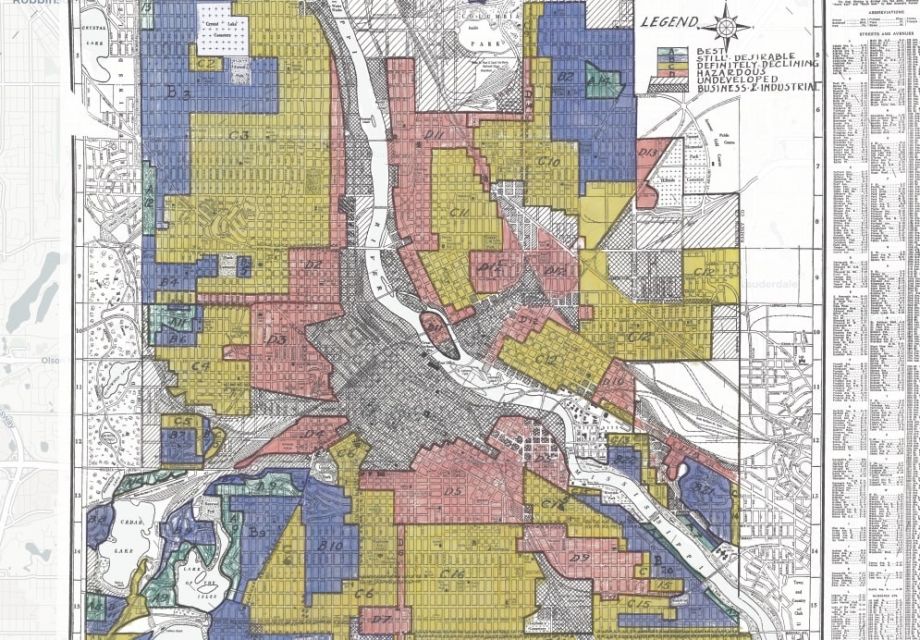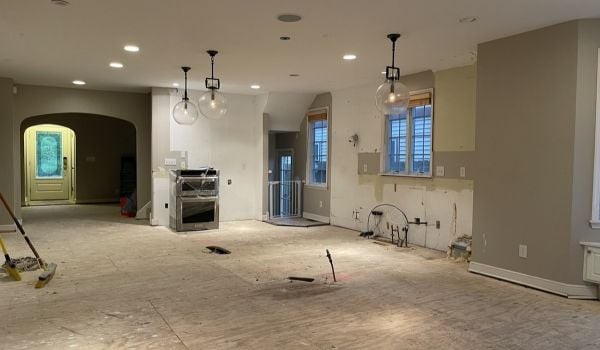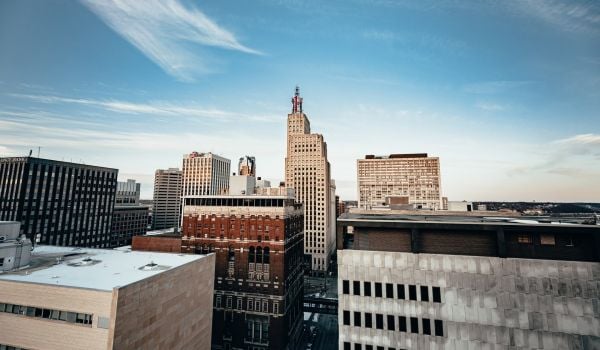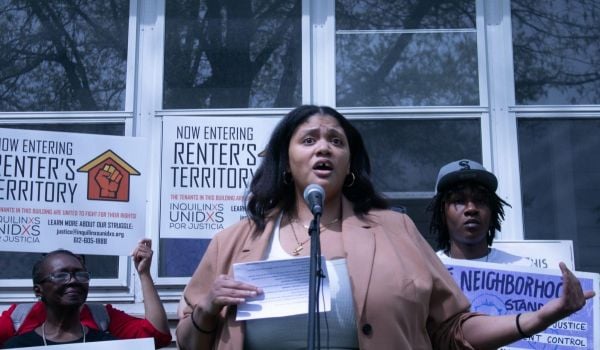Design and development are fundamental to how we experience our neighborhoods. Today, we continue to live with the devastating impacts of historic decisions regarding land-use and zoning — such as segregation, redlining, and highway construction. Far too often, systemic racism is still embedded in planning decisions today. Decisions on where development goes, what it looks like and how fast it happens, whose input is solicited, and whose is ignored, where we place industry, how we plan for transit corridors to ensure connectivity and mobility, and how we expand access to healthy food are all a result of how we imagine, design and plan in our communities. In addition, there are policies that impact how safe, supported, and empowered communities feel — which has everything to do with what people need to thrive.
We cannot and will not build a more just and equitable nation without reimagining how our neighborhoods are designed and what it means for communities to thrive within them. Across the country, communities and progressive local elected officials are working to do exactly that.
Oklahoma City, for example, passed a zoning overlay to ban small-box discount stores — which have been shown to be harmful to neighborhoods and the local economy — in order to end food deserts and increase access to fresh produce and healthy food options. In Portland, a new non-police response unit is filling a gap in community health needs by answering 911 calls for people experiencing homelessness and mental health crises to ensure residents receive support and services and reduce contact with police. In California, Culver City converted to 100% renewable energy, as part of a new publicly run power agency, creating union jobs in the green economy and community benefits with more than 30 other localities. And in Austin, Texas, a multi-year city effort to revitalize a historically Black neighborhood is turning 19 acres of city land into a mixed-use community center that celebrates the neighborhood that surrounds it.
And so much of this work has been driven by people for decades. In 2011, Santa Clara County, CA created one of the first sanctuary policies, protecting immigrant communities from ICE and federal immigration detention. Despite a number of political attacks and legal challenges over the years, it remains one of the strongest sanctuary policies in the country today.
Minneapolis used its 2018 city planning update as a critical opportunity to comprehensively tackle climate change, density and affordable housing. Created through a three-year community engagement process, the city’s plan — known as Minneapolis 2040 — is used by all city departments to guide strategy on every aspect of planning and policy work from budgets, ordinances and for implementation plans.
Creating a built environment that gives equal access and equal opportunity is critical to ensuring people have what they need, not just to survive, but to thrive. These policies and programs are examples of critical ways in which we can build a more just and equitable future — city by city, county by county, across the country. They are processes and priorities that can be adopted at the state and national level.
Our neighborhoods and our communities are the lifeforce of our country — they are the foundation for our economy and our democracy. We must build them to work for all of us.
This is the final piece in a mini-series of op-eds about how local ideas can help solve national problems. Read the previous two entries in the series here and here.
Phillipe Cunningham is a Minneapolis City Councilmember and a board member of Local Progress, a national network of progressive local elected officials.
Meghan Sahli-Wells is the former mayor of Culver City and a board member of Local Progress, a national network of progressive local elected officials.
















